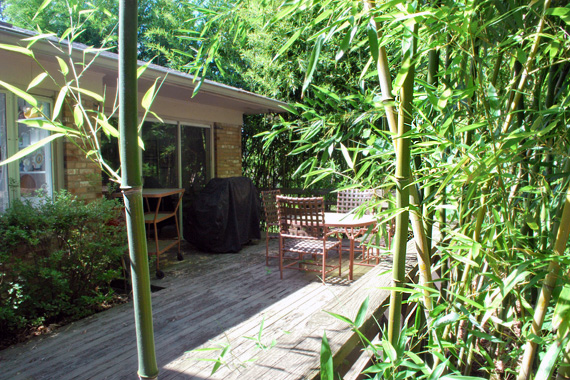10 Summer Moving Tips
How to prepare for a seamless transition
If you're moving this summer, the busiest season for moving, you know how daunting it can be. But if you create a blueprint for your move, the transition from house to house will go more smoothly.
Here are 10 things you can do to prepare for a seamless transition.
1. Full serve, partial serve or a do-it-yourself move. Can you do it alone or should you hire a licensed moving company for a full-service or partial-service move? This is one of the first and often most difficult questions soon-to-be moving households face. The answer depends on your lifestyle, household size, budget and amount of time you have to get everything accomplished. Get written quotes from at least three licensed moving companies so you know you’re getting the best deal based on your specific moving needs. Moving yourself or doing a partial-service move? Packing calculators can make it easier to estimate the amount of boxes and packing materials needed.
2. Plan to unpack BEFORE you pack. Take photos of each room in the new home before you arrive with furniture, plants, appliances and family in tow. Write down on a clip board where each item should go in your next home before packing, and carry it with you on moving day. List out the major items that need to be assembled first. As you place each item in its new room, cross it off the list and you will be one step closer to enjoying your new home.
3. Be strategic about packing. If you have more than a month to ‘pick up and move’, start early. Complete a free change of address and schedule utilities ahead of time at Moving.com. Start packing early. Whether it’s one room, one cabinet or a drawer at a time, weed through what may be years of accumulation. As you’re going through your belongings, divide everything into these helpful categories: donate to charity, give to a friend, recycle, trash, pack now, or keep handy until moving day. You’ll be surprised at how much you can donate, recycle or give to friends. And, you’ll not be overwhelmed with the task at hand three days before you move.
4. Moving is NOT child’s play. Plan ahead. Consider daycare on moving day, or get help from a friend or family member. Provide lunch or some other appropriate thank you gesture if you do call in a favor. If that’s not an option, prioritize setting up safe places for your children to play in the new home on moving day so they’re not underfoot. This will help everyone remain happy and calm on moving day.
5. Don’t fight with Fido. Sometimes we forget that all the packing and constant in-and-out of visitors is stressful for animals. Consider checking your pet into a daycare facility, or setting up a time for a friend to take them or check them into petday care. Don’t let your four-legged best friends get lost in the shuffle and remember to make day-of moving arrangements.
6. Keep track of small parts. Some items need to be broken down into pieces when moving, but do you know what to do with the small screws and washers that you end up with? Rather than tape them to the furniture, which can result in losing them, put everything in a baggie that is clearly marked and sealed. Keep all of the separate baggies together in one box on moving day and personally take it with you to your new home.
7. Take pictures of electronic hook-ups. Hooking up TVs, DVRs, home theater systems and computers can be challenging. Before unplugging any wires for the move, take a photo of the connections, print them out and label them in detail. This will create fewer headaches when setting up technology in the new home. Keep track of all loose wires using baggies or boxes that are clearly labeled, and personally carry these easy-to-lose items on moving day.
8. Packing cleaning products and toxins. Products such as detergents, pesticides and paint are heavy and unwieldy to pack. Dispose of as many as possible before the move in an eco-friendly way. Call your city’s waste disposal department for guidance on proper disposal. For items that must be transported, pack them in a small box within a larger box for protection against leaks. Don’t overstuff boxes with these items! Consider marking these boxes in a different color, and seal them extra tight. Keep them separate from the rest of the boxes, particularly if you have kids and pets.
9. Consider getting full value insurance protection. If using a professional mover, it may cost a few dollars extra, but it provides peace of mind and eliminates later annoyances. Investing in full value protection means any lost or damaged articles will be repaired or replaced, or a cash settlement will be made at current market value, regardless of age. It's important to note that the required minimum coverage of 60 cents per pound would not cover the replacement cost of more expensive items such as a flat screen TV if damaged in transit.
10. Know your rights. If using a professional mover, research your rights as a consumer with either the Federal Motor Carrier Safety Administration (FMCSA) for interstate moves or contact the state agency within the state in which you reside for moves within state. Also, enlist the help of the Better Business Bureau (BBB) or local law enforcement if the moving company fails to live up to its promises or threatens to hold your belongings hostage. FMCSA requires interstate movers to offer arbitration to help settle disputed claims.






